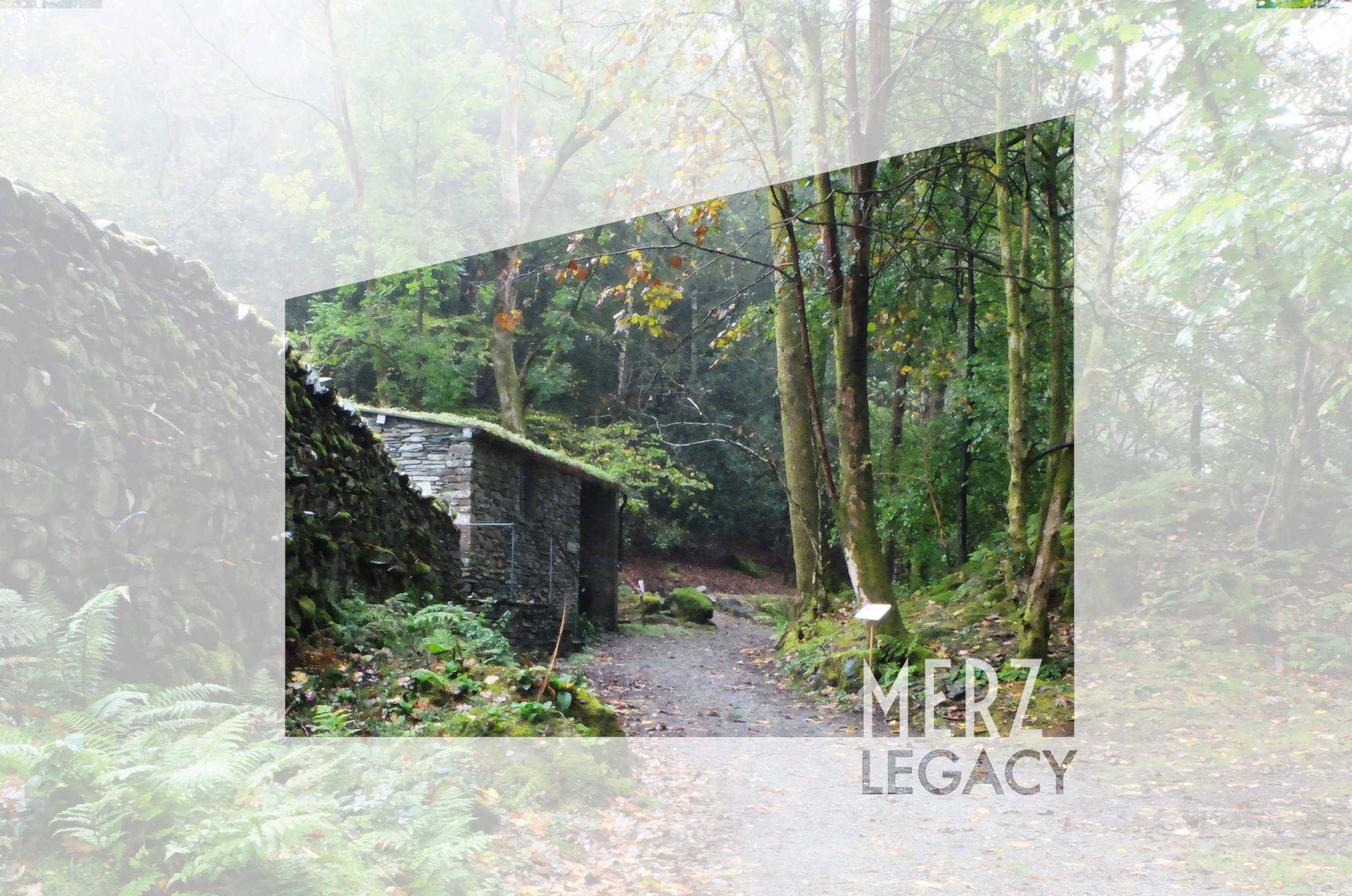
Year | 2014
Location | Elterwater, Lake District, UK
Client | Littoral Arts Trust
We were invited by the Littoral Arts Trust to join a recently established team of artists and architects to discuss the future legacy of the artist Kurt Schwitters. Littoral Arts are the owners of a site in the Lake District where the German degenerate artist worked on his final masterpiece, the Merzbarn.
Although the incomplete Merzbarn wall sculpture was removed to the Hatton Gallery in Newcastle in 1965, for conservation, the site continues to be a place of inspiration to many. The unique nature of Kurt Schwitters’ legacy in the UK is that the absence of a complete artwork allows scope to reimagine the use of the site, without the restrictions of traditional heritage sites.
There is already an existing, vibrant community of artists, students and other creative professionals who use the site. Our work aims to highlight the role of this community in the on-going activity that takes place there. The group engaged with members of the artist community, at an annual event held at Cylinders. Our aim in this participation was to ensure the artists and students continue to have a stake in the future development of the site.
As a result of these discussions, we put forward three future scenarios for the site, envisaging it as a minimal intervention Rural Ecology Education Centre, a Rural Arts Centre and a larger scale Merz Legacy Centre. In addition to this, we modelled a set of scenarios for the Merzbarn at 1:10, showing different functions that can be ‘mix and matched’. The intention for this work was to form a start point for discussion about the future use of the site as the project is taken forward by the visionary design team.
One of the main outcomes of the Live Project was to provide an exhibition for a conference at Tate Britain in November 2014. We hope to help the client to secure funding for the development of the site, by explaining the on-going legacy of Schwitters in the Lake District. As well as our proposals for the future of the site, we have also made various historical studies that set the context of Schwitters work. This included a timeline, mapping the key events in his life and the work of Littoral Arts in recent years. The work can also be used later on site as a visitor display or exhibition.
All of our research was compiled into a document for the client, which acts as a briefing manual for new designers coming to the project.
Exhibition video http://vimeo.com/110464894

